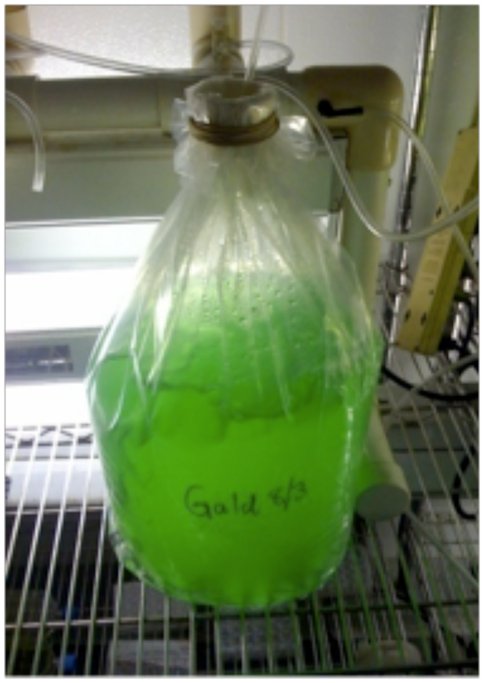2009 Annual Science Report
 Georgia Institute of Technology
Reporting | JUL 2008 – AUG 2009
Georgia Institute of Technology
Reporting | JUL 2008 – AUG 2009
Extremophile Ribosomes
Project Summary
We will compare biochemistry and the three-dimensional structures of ribosomes from modern organisms on particular lineages of the tree of life. Extremophiles are of special interest due to their ability to thrive in environments that reminiscent of early biotic earth.
Project Progress
Goals of this project are to culture adequate biomass of eukaryotic, bacteria and archaea extremophiles, to extract and purify ribosomes, to sequence and characterize ribosomal components, and ultimately to crystallize ribosomes. Our long-term goal is to perform comparative analysis of three-dimensional ribosome structures. Work to date has focused on the cultivation and harvesting of extremophile biomass for ribosome extraction, and initial extraction and purification of ribosomes from select species. Eukaryotic species currently in culture include a thermophilic alga from volcanic hot-springs in Italy (Galdieria sulphuraria), a non-extremophilic congener rotifer species (Brachionus calyciflorus), and most recently, acidophilic algae (Chlamydomonas sp.) and a rotifer species (Brachionus sericus) collected from acid mining lakes with pH 2.7 in Germany. Mass cultures of all of these eukaryotes are being grown, harvested, and biomass stored at -80°C until analysis. Bacterial species currently in culture include the thermophile Thermus thermophilus, the psychrophile Psychrobacter urativorans and the radiation-resistant Deinococcus radiodurans (some of which have already be characterized, but will be useful controls). Ribosome extractions and purifications performed to date have focused on the extremophilic bacterium Thermus thermophilus and the non-extremophilic rotifer B. calyciflorus. The team is currently working on the first known extraction and purification of ribosomes from a rotifer species. Preliminary data suggest that the first step, extraction of the ribosomes from B. calyciflorus, was successful. This step will be followed by purification trials to separate large and small ribosomal subunits for crystallization.
Figure 1. Figure 1. Galdieria sulphuraria in culture at pH 2.7
-
PROJECT INVESTIGATORS:
-
PROJECT MEMBERS:
Jessica Bowman
Research Staff
-
RELATED OBJECTIVES:
Objective 5.3
Biochemical adaptation to extreme environments


